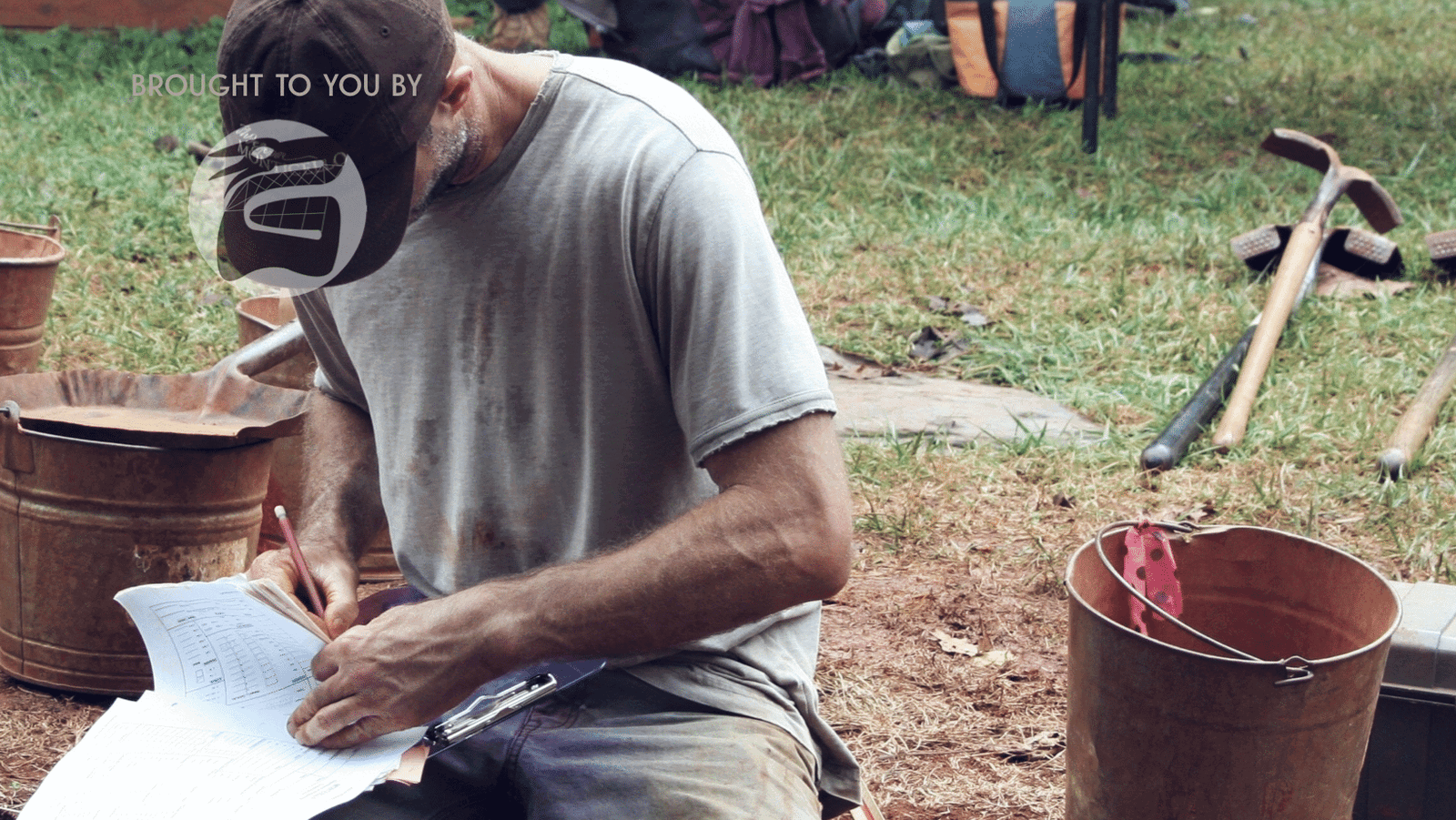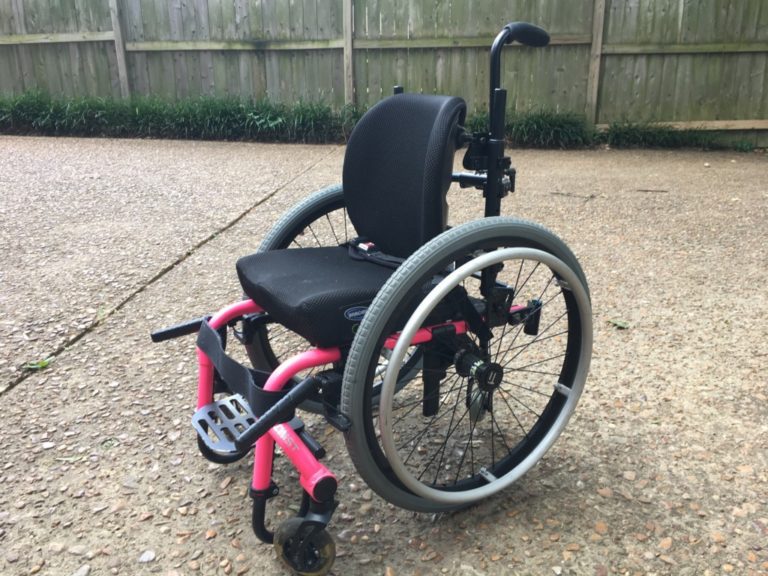Explore Chucalissa :: Digging in the Dirt to Find Ancient Garbage
[vc_row][vc_column][vc_column_text]When you think of archaeology, you probably think of Indiana Jones or Laura Croft, Tomb Raider. You might think archaeology is glamorous, hopping from country to country, searching for lost treasures and artifacts. And, thanks to Hollywood, you may even think there’s an element of danger.
But, alas, archaeology is mostly just digging in the dirt and finding ancient garbage. However, it’s also vitally important to learn and study our ancient cultures, specifically the Mississippian people here in Memphis.
The burial mounds at Chucalissa were constructed and occupied between A.D. 1000- 1500 by the people of the Mississippian culture who used them for ceremonies and residences of high-ranking officials.

Are you homeschooling? Are your kids just into Native American cultures and customs? Is your family intrigued by the Indian history we have right here in the Mid-South? Then look no further!
Like archaeologists, students will study the items people leave behind to make educated guesses about their lifestyles. The educational focus is investigating and inferring. (For this craft and others like it, visit Chucalissa’s Teacher Resource page, linked here.)
1. Watch a video of archaeologists at work
[/vc_column_text][vc_video link=”https://www.youtube.com/watch?v=TFejIkYDH9Q”][/vc_column][/vc_row][vc_row][vc_column][vc_column_text]
2. Meet a real-life archaeologist
Did you know the University of Memphis (and other area colleges) employ real archaeologists?
3. Follow up discussion questions
- What is archaeology?
Archaeology is the study of human history and prehistory through the excavation of sites and the analysis of artifacts. - What is an artifact?
An artifact is anything that is made or modified my humans. - What kind of artifacts do we leave behind today?
We leave behind our garbage! Much of what archaeologists study is prehistoric and historic garbage because that is what people are most likely to abandon at a site. - How do archaeologists gain information about past peoples?
Archaeologists pull together artifacts like puzzle pieces to try to create a story of the past. What can we learn from artifacts? We can learn about past cultures, diet, lifestyles, relationships, what kinds of tools they were using, and sometimes what they believed. - In a trash can, which artifacts would be most recent? The oldest?
The items on top are the most recent, and the items on the bottom are the oldest. - How do archaeologists use that information when excavating a site?
Archaeologists use stratigraphy, the study of layers in the soil, to figure out the age of artifacts and thereby the age of the site!
4. Literally Digging through Garbage
Tell students that they are going to act as archaeologists from the future. They will examine garbage (previously collected) to learn about someone’s life. Talk about:
- Where was this garbage most likely found?
- Is this trash from a group of people or a single person? If it is from a group of people, can you tell how many people are in the group?
- Does this garbage belong to a male, female, or both?
- What is the approximate age of the person or people?
- Can you infer anything about the person or people’s eating habits?
If you prefer, this lesson is offered as a program at Chucalissa and can be scheduled as an extra hands-on activity.

We hope this article will help you bring the spirit of the museum (and site) to your homeschool group or home learning time. Your children can also learn more about Chucalissa through a field trip or classroom visit.
We encourage you to book a private tour by contacting chucalissa@memphis.edu or by calling 901-785-3160.
Click here to learn more about what to expect during a visit.
Click here for lesson plans for 1st and 2nd graders.
Click here for lesson plans for 3rd and 4th graders.[/vc_column_text][/vc_column][/vc_row]








